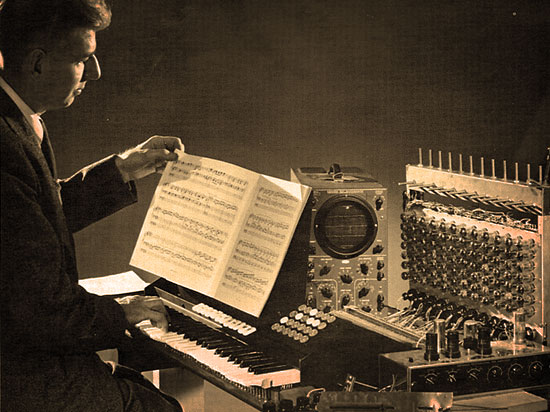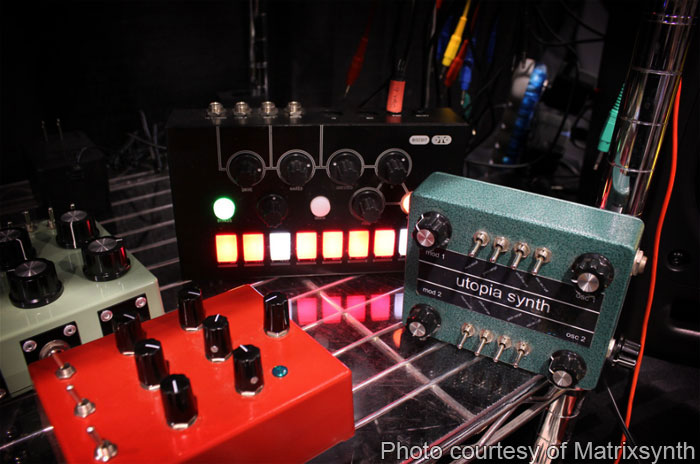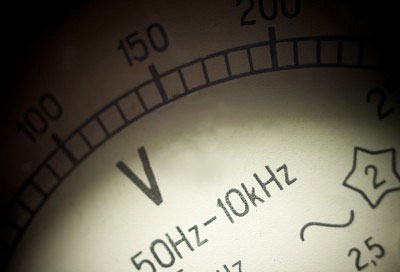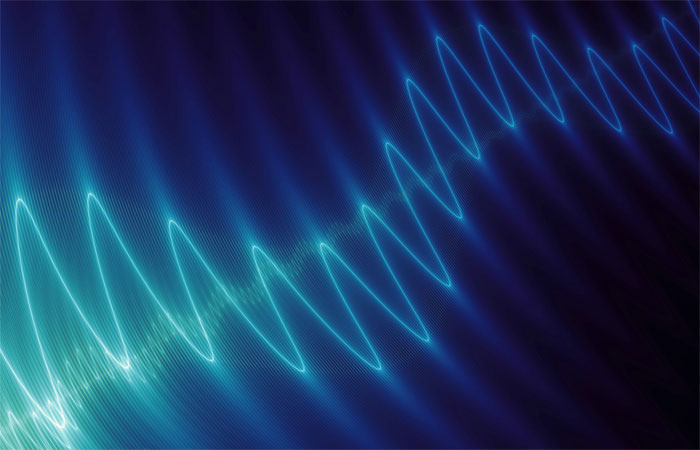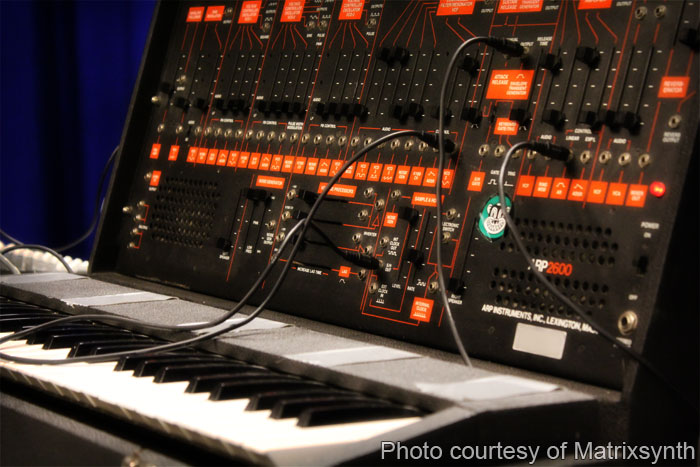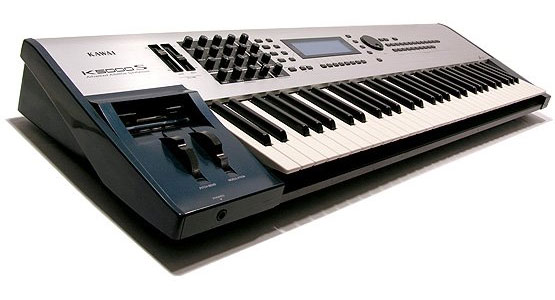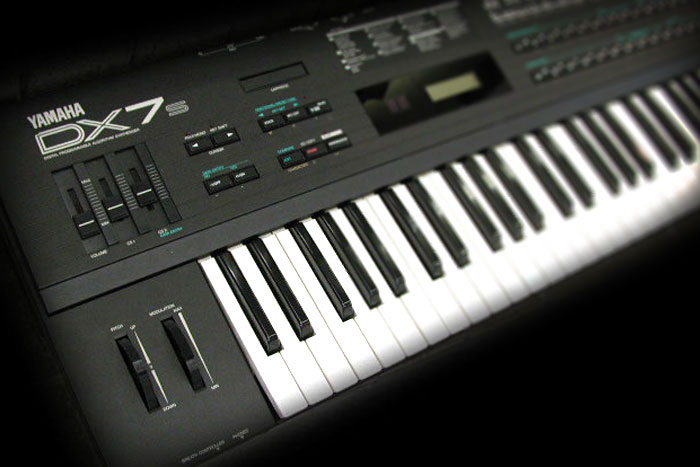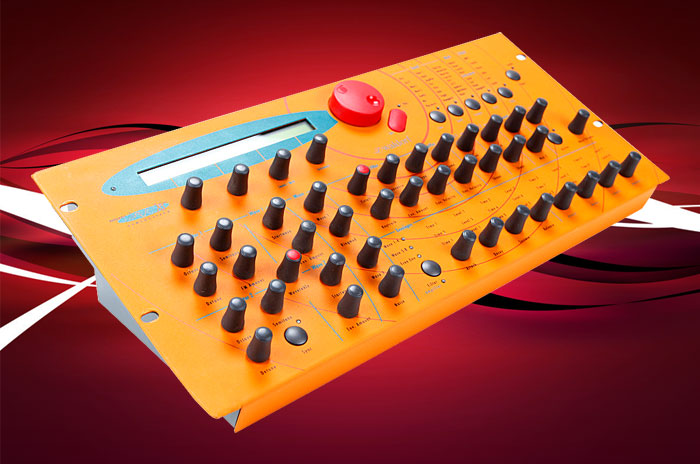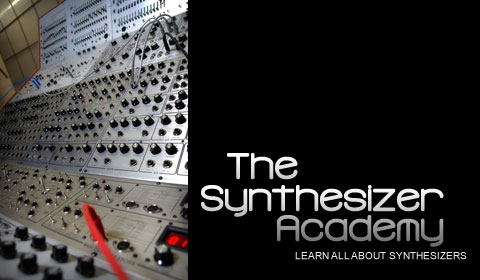
The Synthesizer Academy is a site dedicated to help you learn about synthesis and the creation of electronic music. If you’re looking for a synthesizer tutorial, this is the site for you! You can either start at the very beginning and work your way through each lesson one-by-one, or use the red bar at the top to jump in wherever you want. We’ll also be adding links to various synth resources to help you learn more and get your hands on some gear to play with. New lessons will be added frequently, so check back often.



